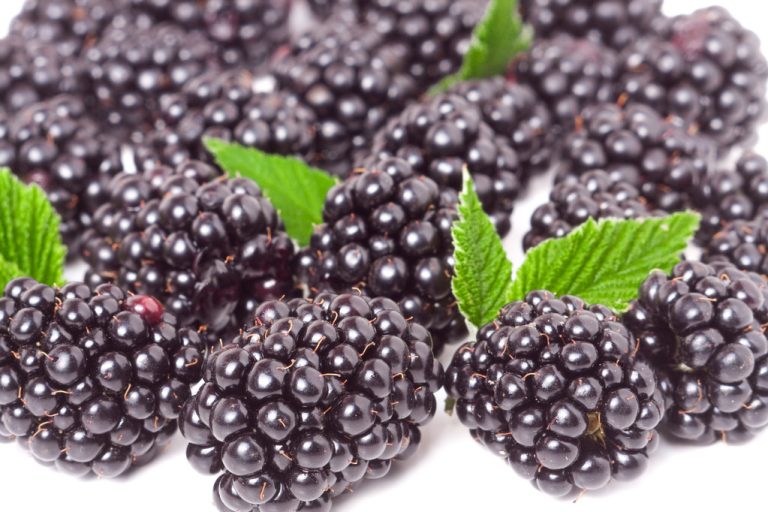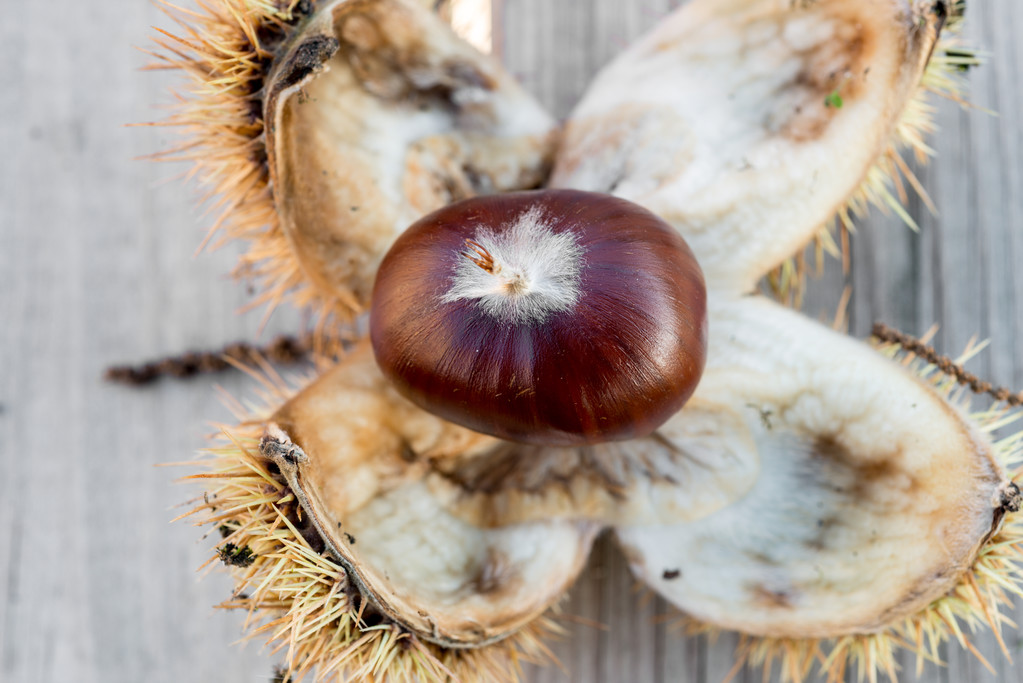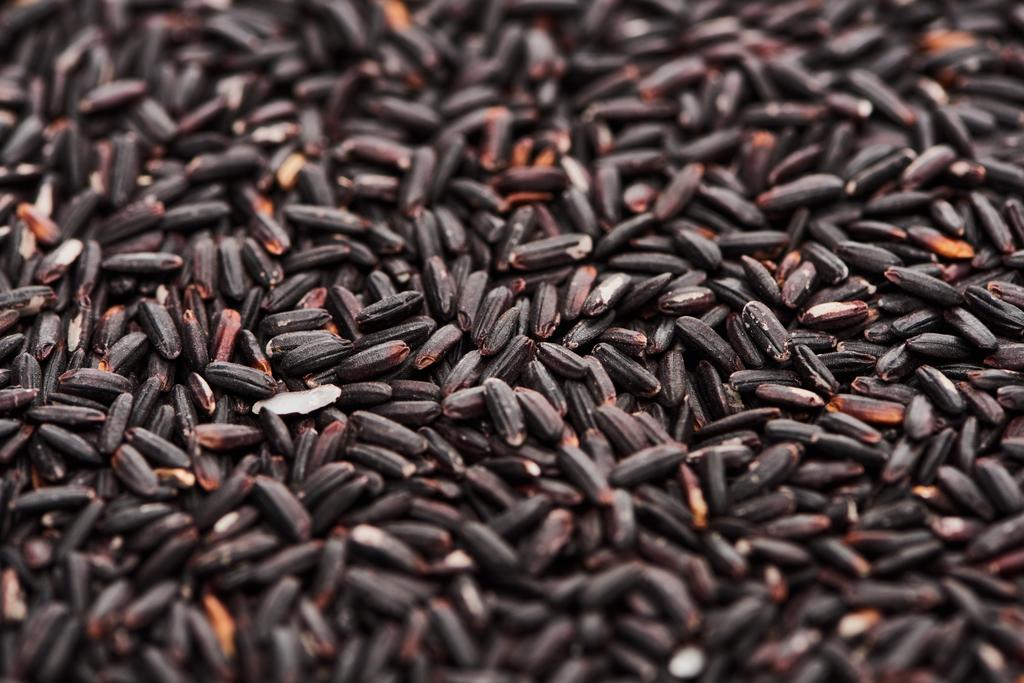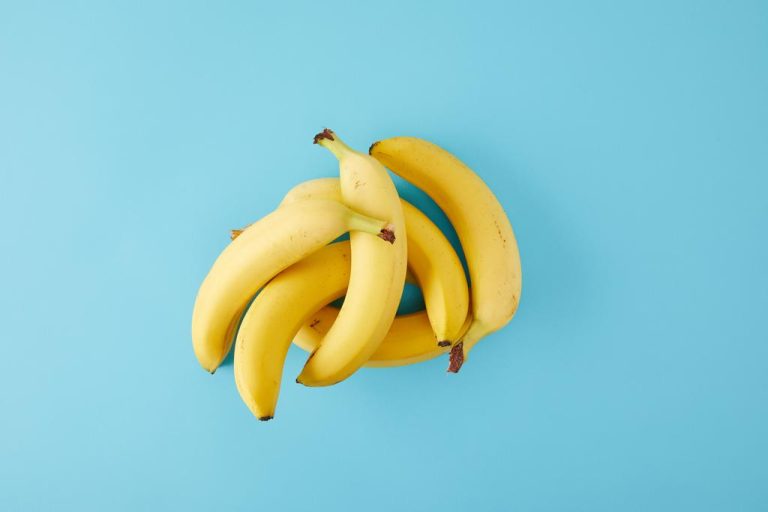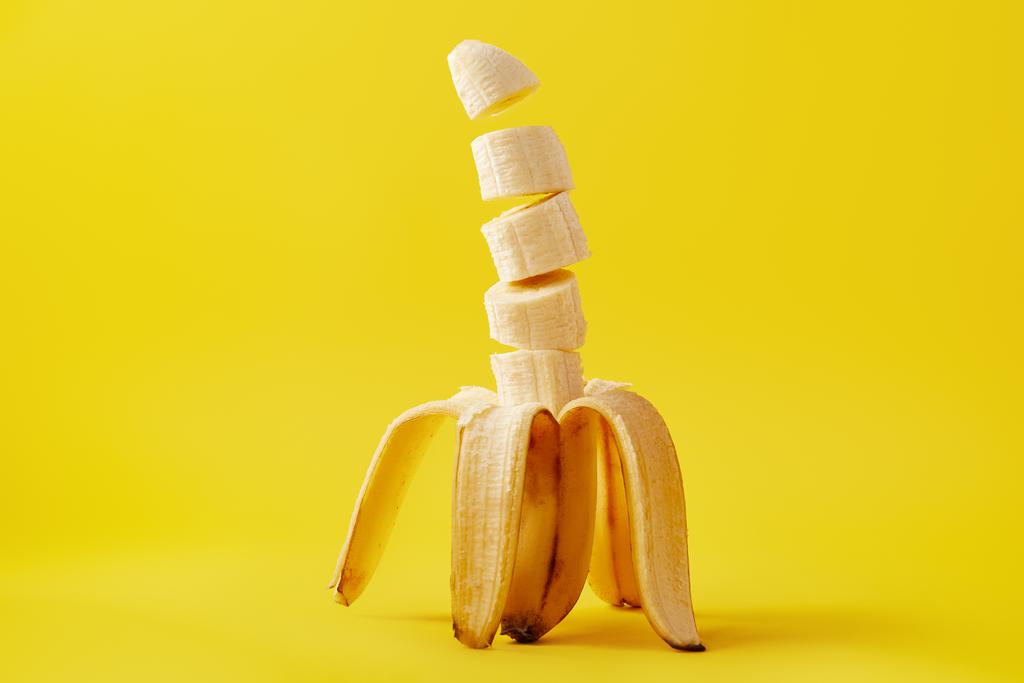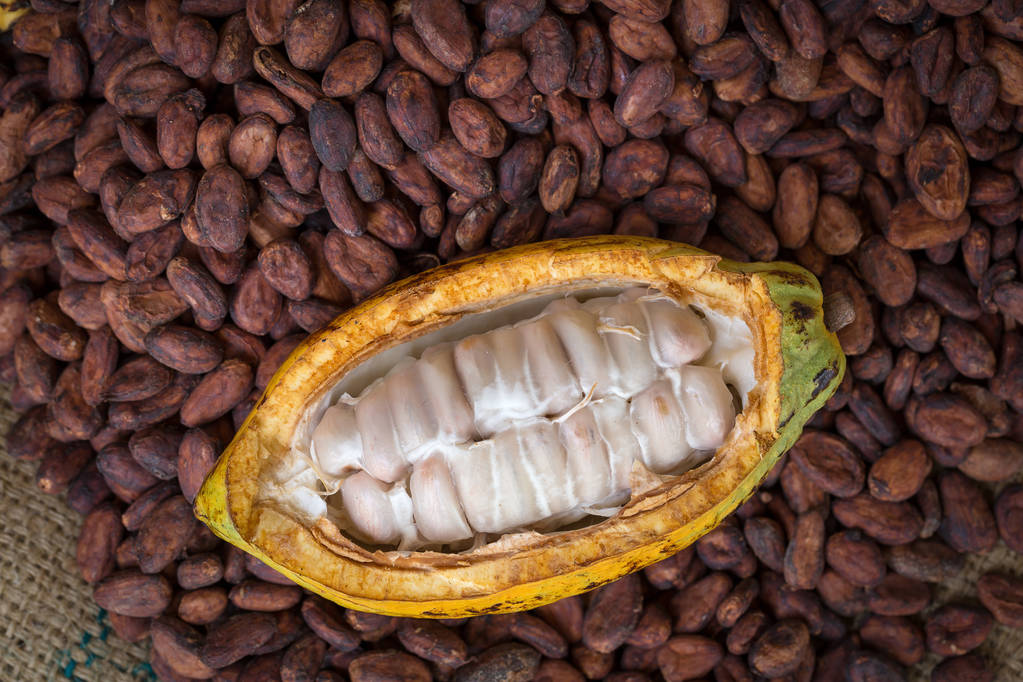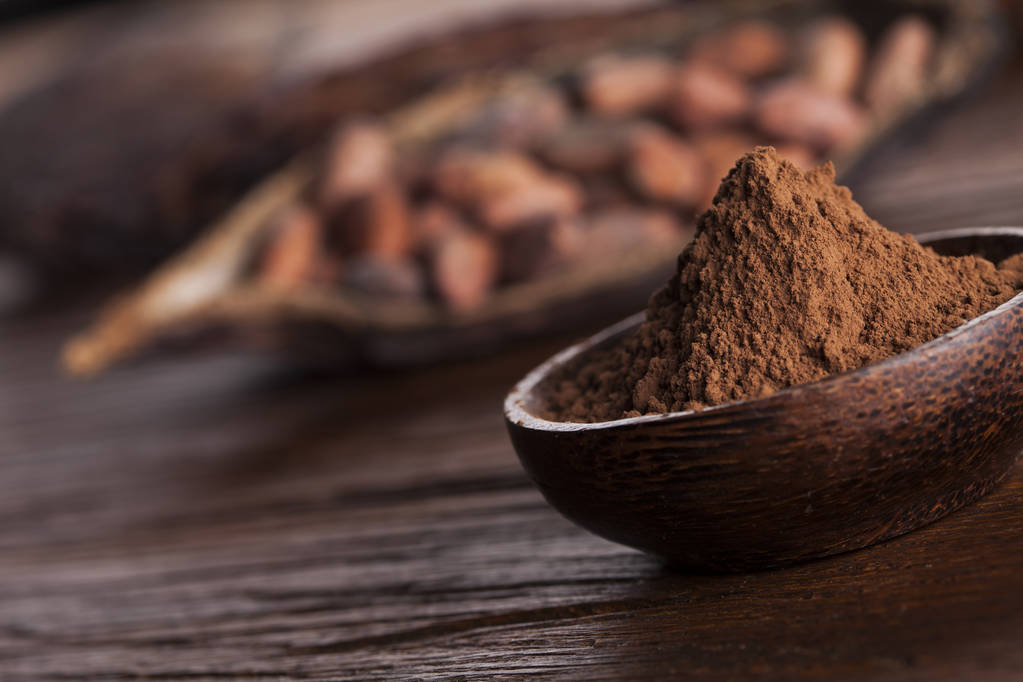Blackberries are full of vitamins and are therefore very healthy. In addition, the sweet berries are delicious and at the same time low in calories. This makes them the perfect summer snack. You can find an overview of all the nutrients here.
Blackberries are not only delicious, but also very healthy. This is mainly due to their wide repertoire of vitamins and minerals.
The berries are in season from mid-July to early October, depending on weather conditions. Since blackberries don’t store particularly well, it’s best to pick them yourself in the forest or grow them in your garden.

Healthy blackberries: vitamins and minerals
Fresh blackberries are juicy and fruity – a perfect summer snack. In addition, the aromatic berries are full of vitamins, minerals and trace elements (per 100 grams):
Beta carotene: 270 mcg
Vitamin B1: 30mcg
Vitamin B2: 40mcg
Vitamin B3: 650mcg
Vitamin B5: 220mcg
Vitamin B6: 50mcg
Vitamin C: 20 mg
Vitamin E: 600mcg
Potassium: 190 mg
Calcium: 44 mg
Magnesium: 30 mg
Iron: 900 μg
Zinc: 190 mcg
Blackberries not only support your body with their wide range of vitamins and minerals. In addition, the berries also contain valuable flavonoids and other antioxidants. These protect the body from free radicals and support cell renewal.
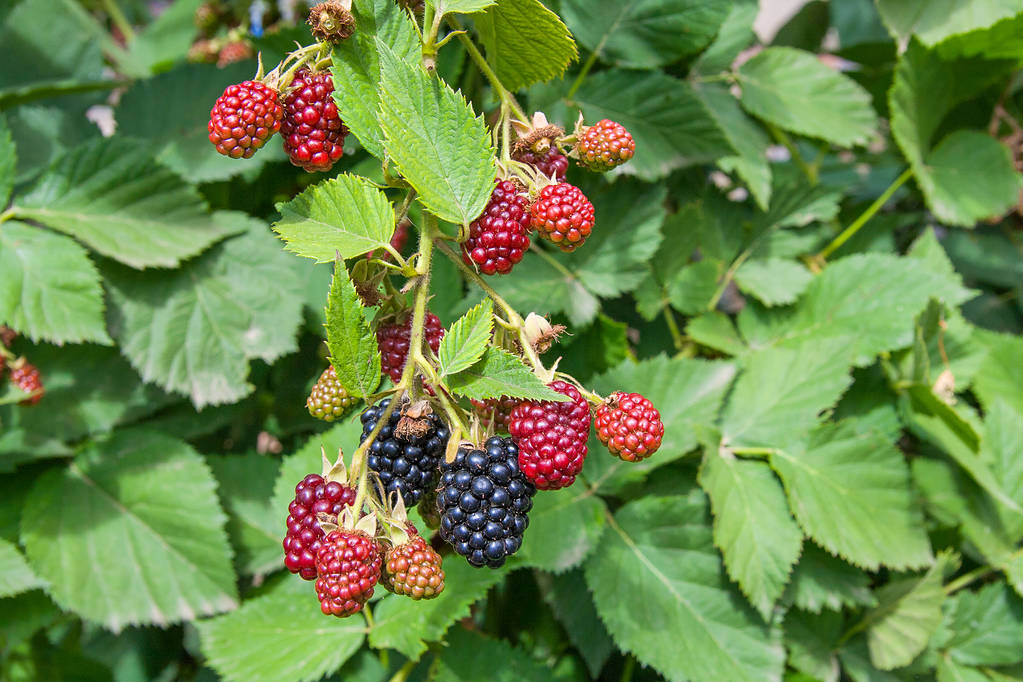
Nutritional values of blackberries
Blackberries are not only healthy, they are also low in calories, fat and sugar. This is how they can help you lose weight in a healthy way. Nutritional values (information per 100 grams):
Calories: 44 kcal (185 kJ)
Fat: 0.4g
Carbohydrates: 6.2 g, of which sugars: 5 g
Proteins: 1 g
Fiber: 3.2 g
Blackberries owe their low calorie content to their high water content. 100 grams of ripe berries contain 85 grams of water.
Important: If you don’t have the opportunity to pick blackberries yourself, buy them as fresh as possible on the market and in organic quality. How to avoid pesticides.

